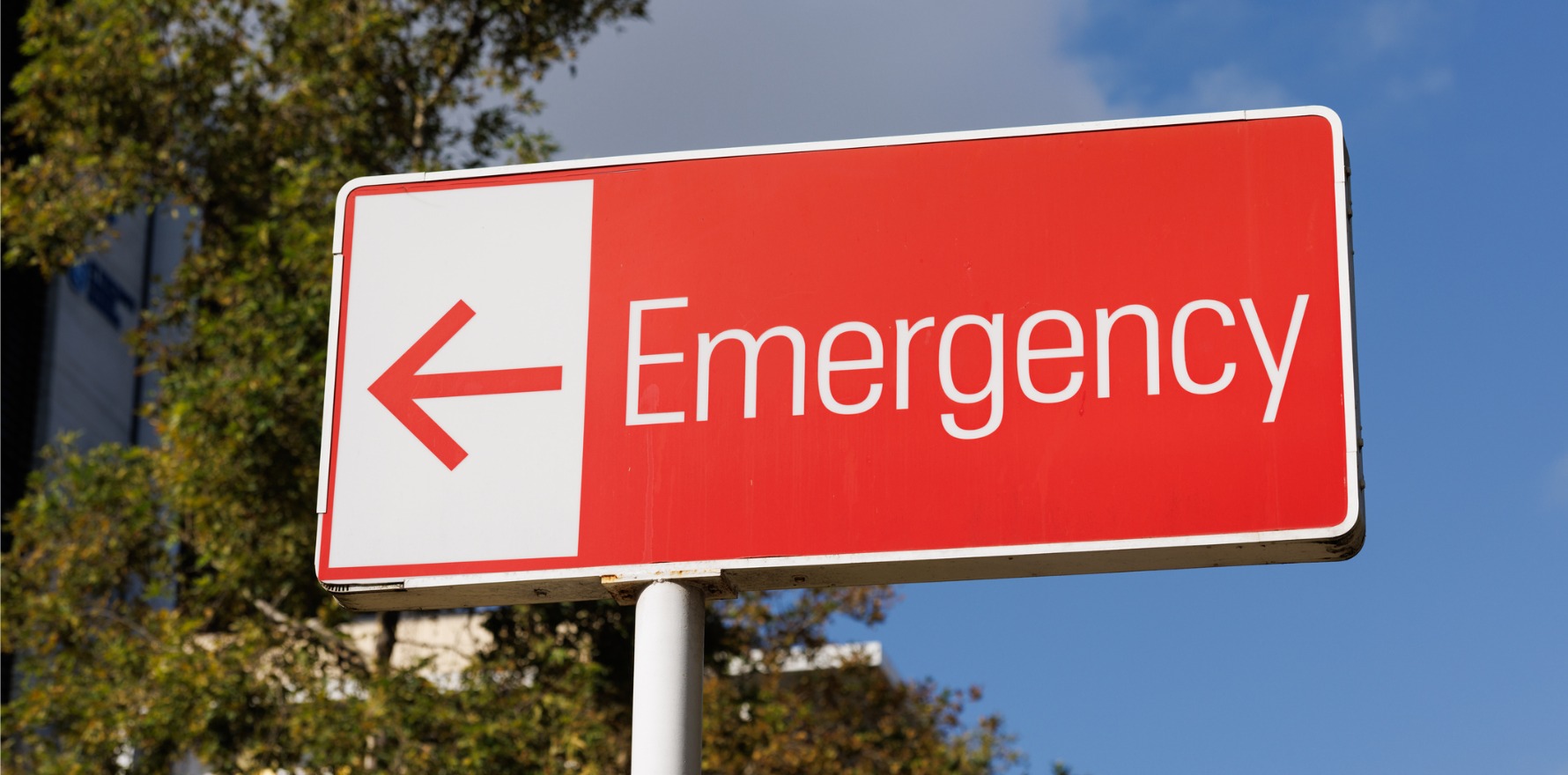The AIHW report cards didn’t deliver much good news on either front – but NSW is getting a taskforce.
The Australian Institute of Health and Welfare has released its report on emergency department care for 2022-23 and a report on elective surgery for 2022-23, while NSW has announced a taskforce to tackle hospital wait times.
The AIHW ED report showed there were 8.8 million presentations for the period, a small rise on the previous year (8.79 million).
Just 65% of patients were seen on time for their urgency category, down from 67% in 2021–22. In 2022-23 100% of patients requiring resuscitation were seen on time by triage category. Wait data for other categories included:
- 64% of patients were seen on time in the emergency category
- 58% of patients were seen on time in the urgent category
- 68% of patients were seen on time in the semi-urgent category
- 88% of patients were seen on time in the non-urgent category
The report revealed that over time, the national trend has been for people to wait longer in the ED before being seen by a health professional. In 2022–23:
- 50% of patients were seen within 20 minutes, consistent with the median waiting time for 2021–22 and longer than in the three years prior to that
- 90% of patients were seen within two hours and four minutes, up from 1.5 hours in 2019–20
The overall time patients spent in EDs in 2022–23 included:
- 56% of ED visits were completed within four hours, down from 61% in 2021–22 and 70% in 2018–19.
- 90% of ED visits were completed within 10 hours and 32 minutes in 2022–23 which is an increase of three hours since 2018–19 when 90% of visits were completed within seven hours and 29 minutes
Three in 10 (29%) patients seen in the emergency department were admitted to hospital for further care.
AIHW spokesperson Clara Jellie said that in the five years before covid, presentations to public hospital emergency departments steadily increased by an average of 3.2% per year, but in the past five years the numbers had fluctuated and increased at an annual average annual rate of 1.3%.
Overall, in 2022–23, 17% of patients were in the most urgent categories (resuscitation and emergency), and 76% were categorised as urgent or semi-urgent.
The report gave proportions of patients seen on time in each state and territory:
- NSW 74%
- Victoria 65%
- Queensland 67%
- Western Australia 48%
- South Australia 50%
- Tasmania 52%
- ACT 51%
- Northern Territory 50%
The report on elective surgery waiting lists didn’t have much better news.
The number of patients undergoing elective (non-emergency) surgery in Australia’s public hospitals increased by 18% from 2021–22 to 2022–23, but many patients were still facing long wait times, according to the AIHW data.
Waits were at their longest in 20 years during 2022–23 as public hospitals worked to catch up following pandemic-related delays.
Information on public hospital elective surgery waiting times and emergency department care in 2022–23 with national, state and territory, local hospital network and hospital-specific data was released on the AIHW’s MyHospitals platform.
“Nationally, there were 735,500 admissions to hospital from public elective surgery waiting lists in 2022–23, up from 623,000 admissions in 2021–22, but still lower than before the covid-19 pandemic [758,000 admissions in 2018–19],” said Ms Jellie.
“Public hospitals made concerted efforts during 2020–21 and 2022–23 to work through procedures earlier delayed when non-urgent surgeries were suspended.
“But because of these earlier delays, overall waiting times for people admitted for care have increased.”
The data shows that half (50%) of all patients admitted from a public elective surgery waiting list were admitted for their procedure within 49 days (up from 40 the previous year and similar to 48 days in 2020–21). The proportion of patients who waited longer than 365 days to be admitted was 9.6%, up from 2.1% pre-pandemic (2018–19).
While overall waiting times have increased, the majority of patients in the most urgent category (admission recommended within 30 days) continue to be seen on time.
General surgery was the most common surgical specialty (20%), followed by urological surgery (15%). Cataract extraction was the most common selected intended (indicator) procedure (10%), followed by cystoscopy (7.5%). The greatest increases in median waiting times occurred for septoplasty, myringoplasty/tympanoplasty and total hip replacement.
The median waiting time for Aboriginal and Torres Strait Islander (First Nations) people (56 days) was higher than for other Australians (49 days).
NSW Health Minister Ryan Park, at a press conference following the release of the reports, said the state’s emergency departments were “under enormous pressure”.


